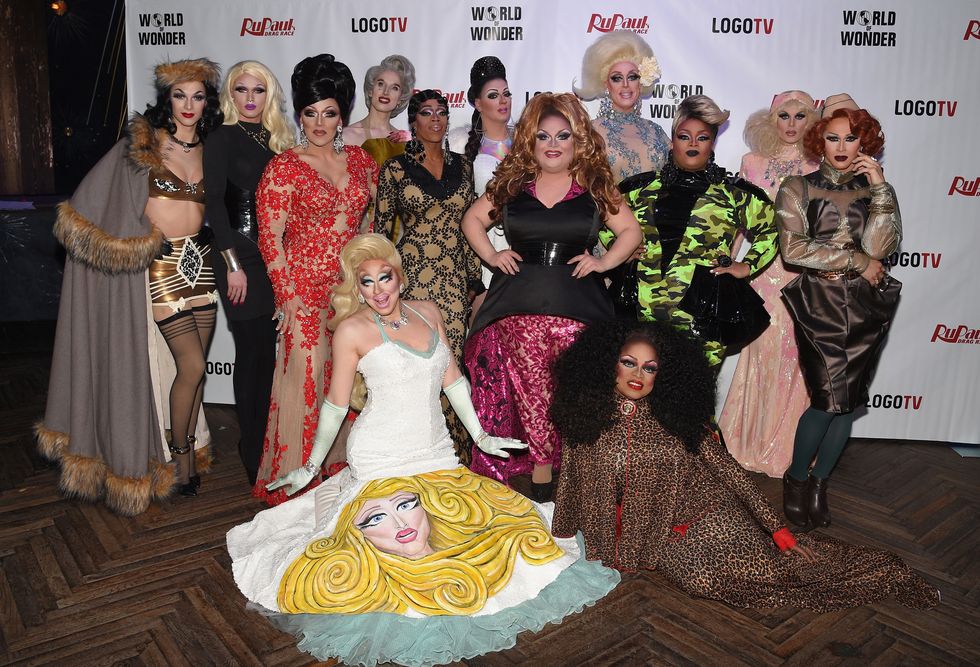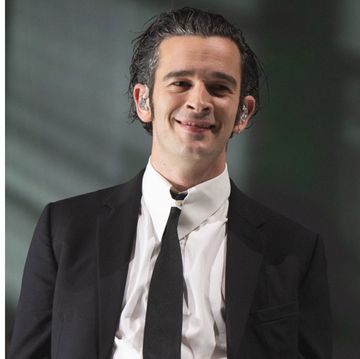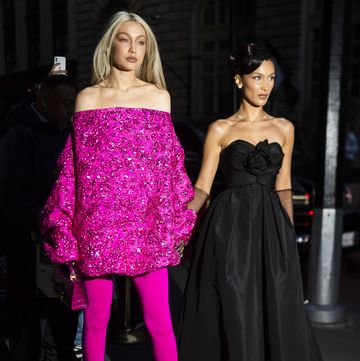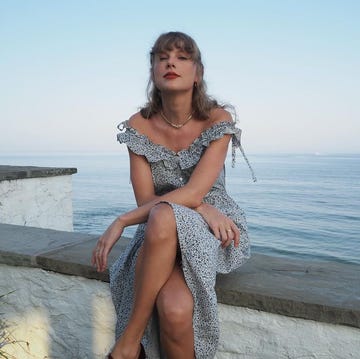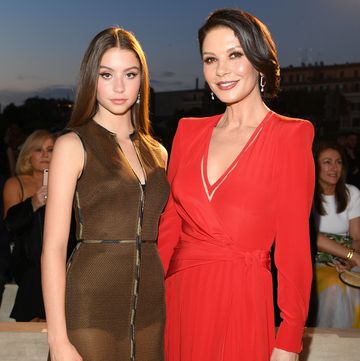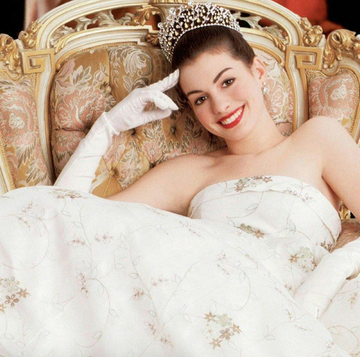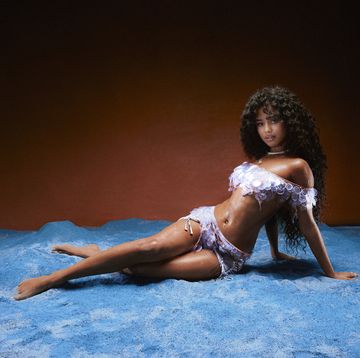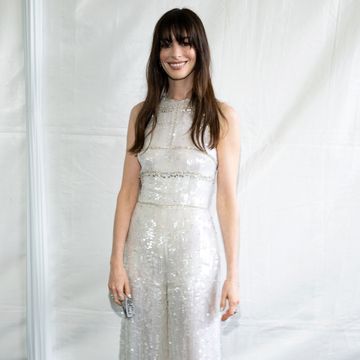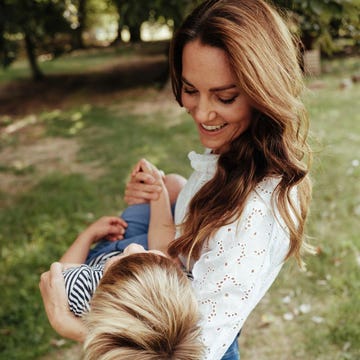Solange Knowles has dropped two epic new music videos to accompany her songs Cranes In The Sky and Don't Touch My Hair. And while we are overcome by THE FASHION, THE WOMEN, THE BOYS, THAT AMAZING SPACE AGE HOUSE SUSPENDED ON A CLIFF EDGE (please say we can AirBnB this?!), and obviously the MESSAGE. We are also in total awe of the DANCING.
The way Solange moves in these videos is everything and some of her choreography - specifically the idea of telling a story through a kind of 'free movement' may take some inspiration from the history of voguing, albeit in a less direct way than we have seen from other artists such as FKA twigs.
If you're thinking, "Voguing? What, that Madonna song?" Girl, no. Let us school you.
Vogueing was a powerful dance movement that originated in 70s and 80s New York among the predominantly black gay community in Harlem.
At that time there was an epidemic of queer kids of colour being chucked out of home or ostracized by their families.
They congregated on the streets of Harlem, where they found a new kind of family and were taken in by 'Drag mothers' who presided over unofficial homes for these kids. These houses were named after the 'queen' in charge.
At the House of Extravaganza or the House of LaBeija for example, young gay men (mainly) felt free to be themselves and subvert ideas of masculinity and femininity that had previously served to oppress them. Celebrating being gay became a kind of performance of identity. You could be a drag queen, or you could be a 'real' boy – each a gendered performance as camp as the other.
These houses held 'balls' (which were a pastiche of high society gatherings held on no budget in community halls), in which members of each house would compete in a fearsome catwalk battle that was judged on costume (always home made), look and dance ability in such categories as 'realness' – the ability to pass as straight, 'butch' and 'runway' (the best catwalk).
It was during these dance offs that 'vogueing' was born. It was a non-violent battle of elegance and femininity named after a certain fashion magazine as it mirrored the poses held by models.
It was all about arm and hand movements, with dancers often playing out elaborate scenes such as applying makeup or taking phonecalls while dancing down the catwalk.
Madonna culturally appropriated the dance in her video of the same name, though as an advocate for gay rights it was a celebrated appropriation. Her video also featured Willi Ninja, the most amazing vogue dancer of all time, and Mother of The House Of Ninja.
Voguing is making a comeback and was even seen at the Dolce & Gabanna S/S17 show in Milan
For a real taste of Drag Ball culture watch the documentary Paris Is Burning, then watch Season 7 of Ru Paul's Drag Race on Netflix. Don't even think about going to a trendy Vogueing night in Dalston before you have.
Consider yourself schooled.



